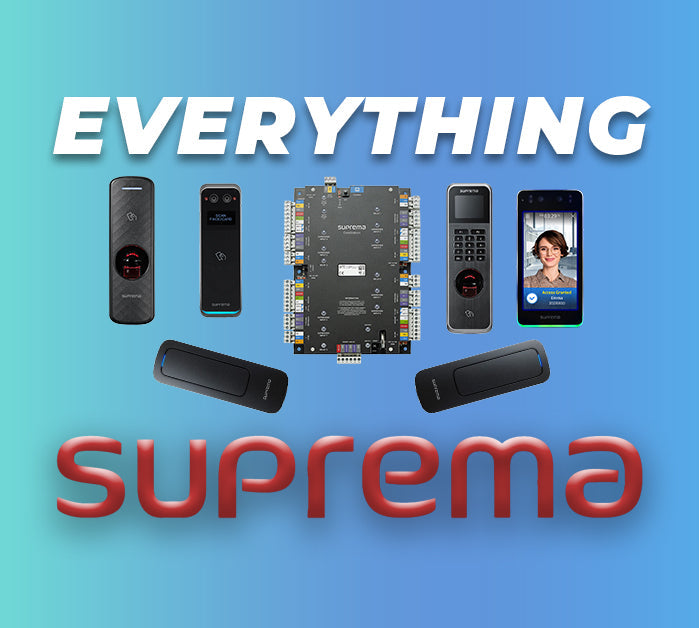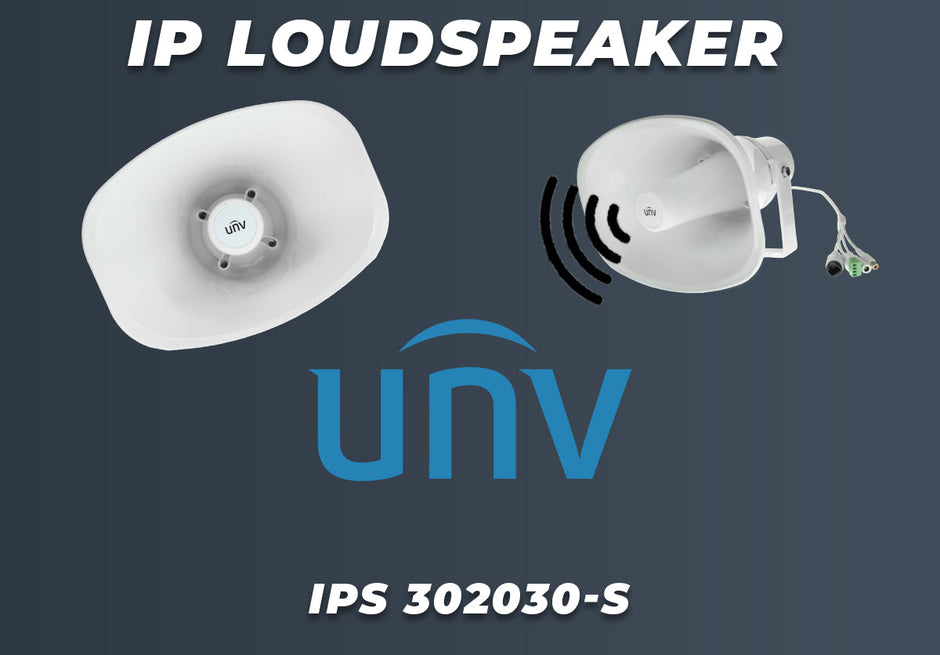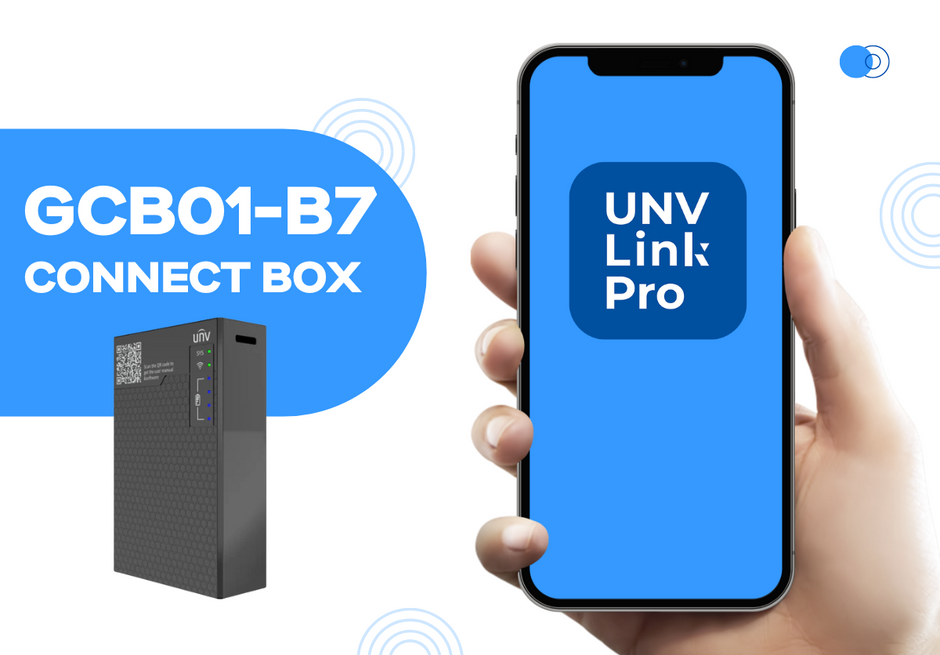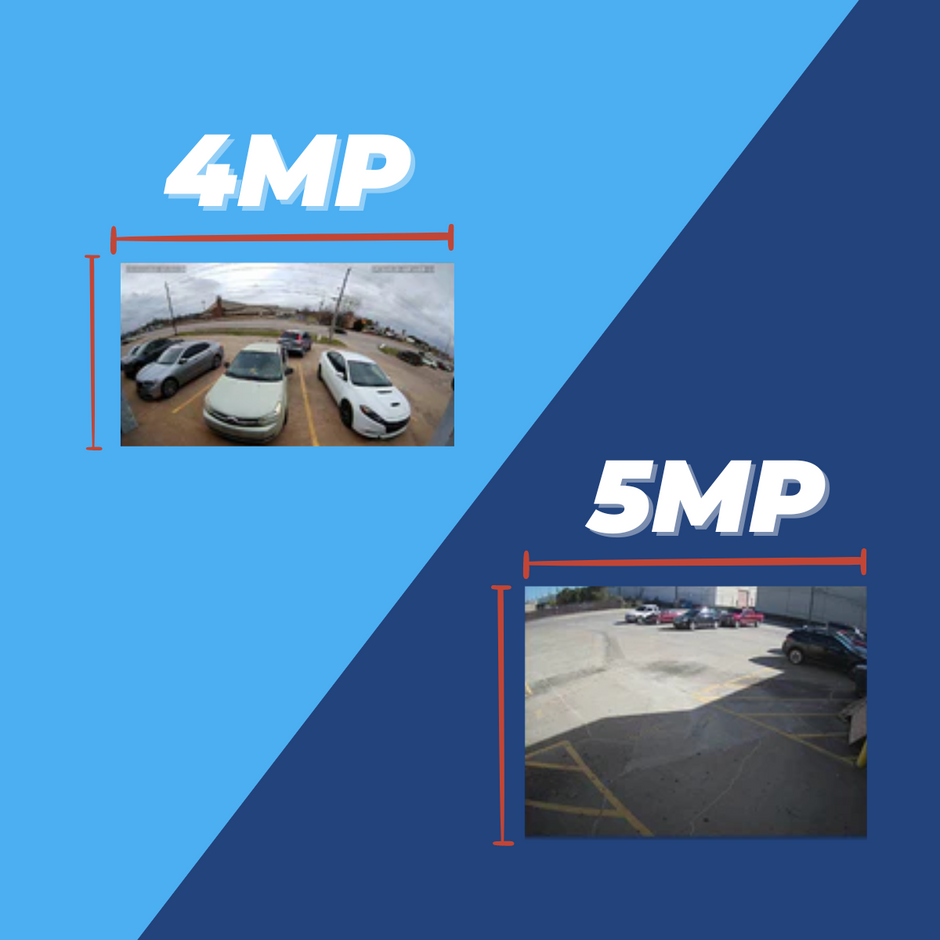When you’re in the market for your first video surveillance system, you’re going to need to invest in a video recorder. But at first glance, this can be a confusing topic. What kind of recorder do you need? Should you get a DVR or an NVR? Well, that’s the question we’re going to help you answer.
So what’s the difference between an NVR and a DVR? To be honest, they’re pretty similar. They’re both receiving video data, the difference is in the way they do it. The main difference between an NVR and a DVR has to do with the way these devices receive surveillance feeds. Digital Video Recorders (DVRs) receive raw video input from analog security cameras, while Network Video Recorders (NVRs) receive IP camera streams via a local network. Meaning a DVR processes analog video data at the recorder level, while an IP system does it at the camera level.
What is a DVR?

The DVR we’re looking at for comparison purposes is the NSDV-208QK model. This 8-channel NVR is a tribrid, meaning it can take three analog signals: TVI, CVI, and AHD. It includes 8 BNC connectors in the back for each camera. Once you have your cameras hooked up to the recorder and to an external power source, you’ll be ready to go with your DVR. With the LAN connection in the back, you’ll be able to connect to a network to access and stream your recorder remotely.
Some DVR models can support IP inputs, and the NSDV-208QK that we’re looking at does when paired with a separate PoE switch over the network. It actually supports 2 IP inputs, with the PoE switch addition, along with the 8 analog connectors, making this a 10 channel recorder. The multiple connectors make this a super versatile option.
What is an NVR?

For the NVR, we’re looking at the NSN-608(4K)-8P model for reference. The most noticeable difference when looking at the back are the types of connectors. For the NVR system, there aren’t any video input connectors because the NVR isn’t taking raw video inputs; it’s receiving video streams from the network.To connect to the network, you can plug the NVR directly into the local network via the LAN port on the NVR, or plug the cameras into the PoE switch in the back of the NVR with a single Ethernet cable.
Not all NVRs have PoE switches on the back, but for those that do, the PoE switch operates as its own segregated network in the back of the NVR. Once you connect your cameras to the NVR, they’ll be on the same network, even if your NVR is not connected to your local network. However, this network operating separately means you would not be able to access the feed or your cameras remotely. You would be able to access your feed remotely, via its LAN connection.
Sign up for our email newsletter to get security content just like this sent to your inbox every week!
Which One Do YOU Need?
Whichever device you choose is going to depend on the type of cameras you get. For a completely new setup, you’re probably going to want to stick with an NVR and an IP system, as this is the most future proof route to go. They’re easier to set up and manage, and the camera is doing a lot more processing for you. An NVR system can be set up as either wired or wireless and is going to give a lot more flexibility. This system is going to be the newer technology and will typically provide more advanced features. For this reason, it’s usually going to be more expensive than a DVR system. IP cameras that work with NVRs tend to be a little pricier, while analog cameras that work with DVRs, are usually less expensive for comparable systems.
There used to be a bigger disparity in image quality between analog and NVR systems, but over the years that has lessened. Your image resolution may be slightly less with an analog setup, but depending on your needs, the lower price of the analog cameras and DVR system could be perfect for you. If you are working with an older setup you currently have and are wanting to build on, DVR also might be a better option.The DVR system has more connection options that will be more likely to work with equipment you already have. You also need to consider your setup and think about wiring. A DVR system is always going to be a wired system requiring a coaxial cable, while an NVR system could be wired with a Cat5e or Cat6a cable or wireless via Wifi over the same local network. This again makes DVR a great choice for an existing system if you already have a coaxial cable run throughout your property.
If you’re starting fresh and looking for a top of the line system, an NVR setup is going to be your choice. If you are wanting something reliable, affordable, and straightforward, a DVR setup will be great for you!
Still confused? Don’t worry. In the video below, we walk you through everything you need to know in order to pick the right video recorder for your unique needs!
Sign up for our email newsletter to get security content just like this sent to your inbox every week!







